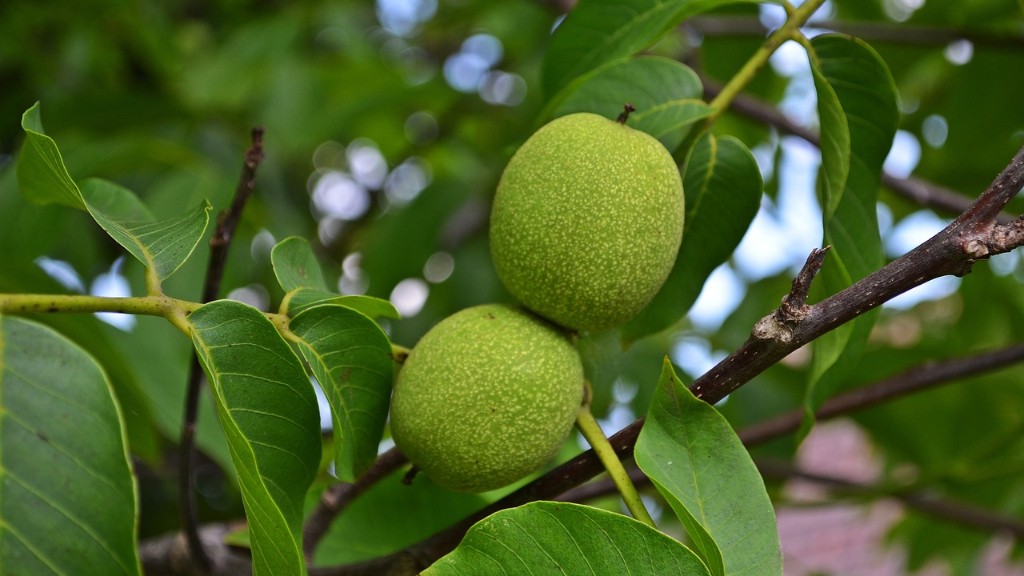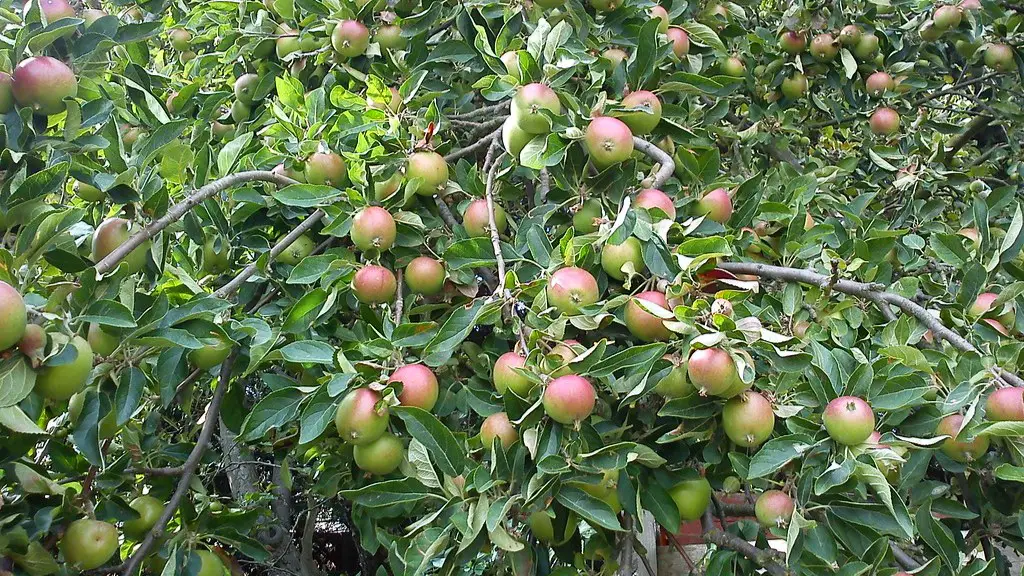Growing palm trees from seed can be an incredibly rewarding experience, offering both a sense of accomplishment and a physical reminder of ones efforts. But there is some work involved. Not all palm tree seeds will germinate and there is a specific procedure that needs tobe followed to increase the chances of success. The following guide will help explain the steps necessary to sprout a palm tree seed.
For most species, palm tree seeds should germinate soon after they are planted in a pot. The ideal soil should be a mix of peat moss, sand and mulch, or in a small container of soil-free potting mix. When planting, carefully leave the seed above the soil so that light can reach it. Then cover the seed with a damp paper towel and place the container in a warm, bright location, beneath fluorescent lights can also help.
Once planted, it is important to ensure that the container receives adequate moisture. To do this, leave a saucer beneath the container to cover the drainage holes, then mist the soil surface daily with a spray bottle full of lukewarm water. If the soil begins to dry out, it should be lightly moistened again immediately. Alternatively, a humidity chamber can be used to regulate temperature and moisture, thus keeping it in optimal conditions.
The germination process can take a fair amount of time, somewhere between one and three months, though this can vary greatly between species. As the plant grows, the roots should be monitored carefully, ensuring they don’t become tangled or matted. If necessary, prune away any excess roots. From this point onwards, the palm tree should be treated as a young plant, exposing it to light and slowly hardening it off across a few weeks.
When repotting, use a growing container with at least three times the volume of the original pot. Fill with soil-free potting mix, such as builder’s sand with some soil, if desired. The palm seedling should be gently removed from the old soil and transferred with care to the new pot. After repotting, the seedling should be watered plentifully, though water should be withheld until the soil is almost dry during the winter months.
Because palm trees are shade tolerant species, fertilizing can be kept to a minimum. If desired, use a palm fertilizer with a nitrogen/potassium ratio suitable for slow growth, such as 10-10-10. A further application can be made just before the spring season begins, though keep any foliar feedings to an absolute minimum.
With the right care and attention, palm tree seeds will bear fruit and will reward the grower with an incredibly satisfying result. While there is work can be involved, the potential reward is greater than anything else and will bring much joy in the future.
Providing Shade
Young palm trees require a fair amount of shade to survive as they are intolerant to direct sunlight. Providing suitable and consistent shade is key for the continuous growth and health of the palm tree and should be monitored closely. Shade can either be provided naturally, through surrounding trees, or manually, by using a shade cloth or umbrella during daylight hours.
Shade should be increased during summer months and decreased steadily as the tree becomes stronger and adjusts to the environment. Mature palm trees usually require up to 50% shade, but this can vary depending on species. Additionally, it is important to make sure dead fronds are removed from the plant base and that too much shade is not provided as this will decrease air circulation, leading to potential disease risks.
Looking After the Palm Tree
When caring for a growing palm tree, special attention shouldbe paid to ensuring it receives the right amount of water. During the summer months, one should water the base a couple of times a week in order to keep the soil moist and cool. For mature plants, once the topsoil is dry, a deep soak of water should be delivered approximately every three weeks.
In the winter, water should be withheld as much as possible, allowing the soil to dry out. This is because palms have adapted to live with much less water during colder months and so overwatering should be strictly avoided. Palms are susceptible to rot, so weekly checks of the roots should be made for any signs of decay.
Disease and Pest Control
Eventually, a young palm will attract pests and will require some form of disease prevention. The most common pest is scale insects, which form colonies that can reduce the health of the tree greatly. These pests can be prevented using insecticidal oil, pyrethrin-based sprays, or any other natural insecticide. Diseases can be minimized by providing adequate air circulation, removing excess foliage, and controlling irrigation.
Additionally, inspect the base of the palm for any signs of rot. It is important to remember that a healthy tree is much less prone to attacks from pests and disease and by providing adequate care, one can ensure it’s health. When it doubt, it is always wise to consult with an experienced palm tree grower before embarking on any drastic treatments.
Pruning and Trimming
The canopies of palms are actually combinations of old and new fronds and so they will require regular pruning and trimming. Ensuring that the base remains open is essential as this will prevent overcrowding and will encourage good air circulation. Dead or damaged fronds should be removed as soon as possible to prevent disease and infestations. When trimming, try and keep the severance as close to the stem or petiole as possible.
For a more aesthetically pleasing result, always prune the oldest fronds first and prune palm trees slowly, in stages. As the palm tree matures and develops a more defined canopy, more regular pruning may be necessary to maintain a desired shape. With a bit of patience and practice, one can become an experienced and successful pruners of various types of palms.
Harvesting Palm Fruit
Once the palm is of a suitable size, it may bear fruit and the period to harvest will vary from species to species. As with other fruit trees, the harvesting process for palms should be done carefully. Wrapping some cloth on the fingers before picking the fruit will ensure that it is not damaged. Brownish spines may be present in some species, so full care should be taken when harvesting.
The harvested fruit should be stored in a damp storage container or box and kept in a cool and humid place, away from direct sunlight. Proper handling of the fruit and keeping it away from the sun can help maintain it’s freshness much longer. As it ripens, the fruit should be checked daily and those that need to be eaten or given away should be done so immediately.
Conclusion
Growing a palm tree from a seed is not an easy task and requires considerable time and effort. But it can bring much joy and satisfaction when done correctly. It is necessary to pay close attention to the palm tree’s base, providing adequate shade, watering and pruning for optimal health. Additionally, with patience, the fruit of the palm tree can be harvested and enjoyed for many years to come.



